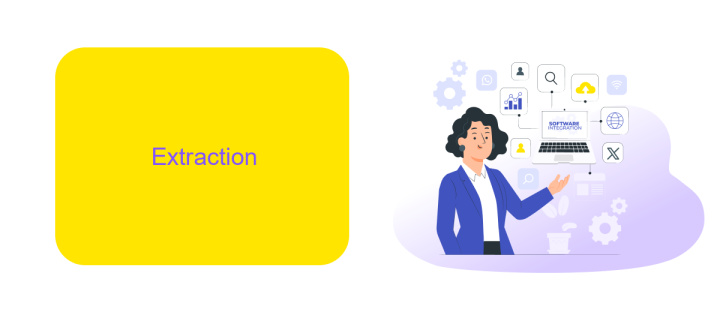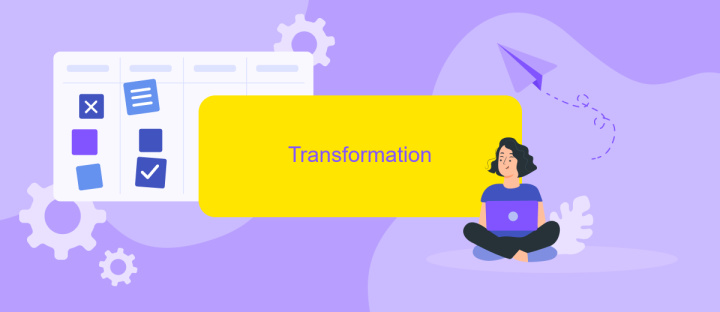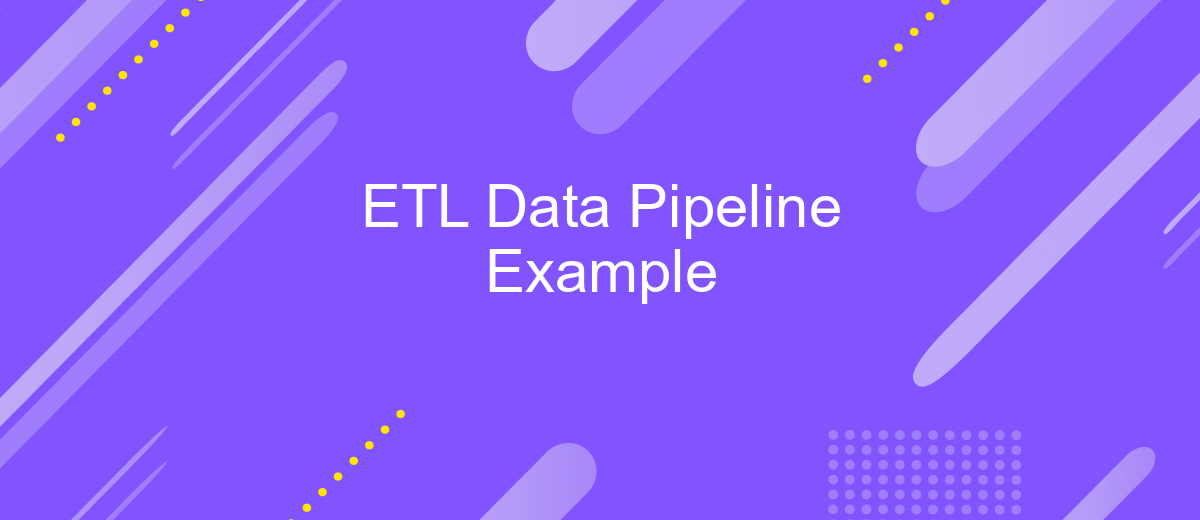ETL Data Pipeline Example
In today's data-driven world, efficient data management is crucial for businesses to make informed decisions. ETL (Extract, Transform, Load) data pipelines play a pivotal role in this process by seamlessly integrating and transforming raw data into actionable insights. This article provides a comprehensive example of an ETL data pipeline, demonstrating its components, functionality, and benefits for modern enterprises.
Introduction
In today's data-driven world, managing and processing data efficiently is crucial for businesses. An ETL (Extract, Transform, Load) data pipeline is a powerful tool that allows organizations to collect data from various sources, transform it into a usable format, and load it into a destination system for analysis. This process ensures that data is clean, consistent, and ready for decision-making.
- Extract: Gather data from multiple sources such as databases, APIs, and flat files.
- Transform: Cleanse, format, and enrich the data to meet business requirements.
- Load: Transfer the transformed data into a target system like a data warehouse or a business intelligence tool.
Implementing an ETL data pipeline can be complex, but services like ApiX-Drive simplify the integration process. ApiX-Drive offers a user-friendly platform to connect various data sources and automate data workflows without the need for extensive coding. By leveraging such services, businesses can streamline their data operations, reduce manual efforts, and focus on deriving insights from their data.
Extraction

Extraction is the initial phase of an ETL data pipeline, where raw data is collected from various sources. These sources can include databases, APIs, flat files, and more. The main goal during extraction is to gather data accurately and efficiently without affecting the performance of the source systems. This phase often involves connecting to multiple data sources, each with its own format and structure, making it a complex task. Tools and services like ApiX-Drive can simplify this process by providing seamless integration capabilities, allowing you to connect and extract data from numerous platforms effortlessly.
Using a service like ApiX-Drive, you can automate the extraction process, ensuring data is collected in real-time or at scheduled intervals. This reduces manual intervention and minimizes errors, ensuring data integrity. ApiX-Drive supports various data sources, including popular CRMs, e-commerce platforms, and social media channels, making it a versatile tool for data extraction. By leveraging such services, businesses can ensure that their data extraction phase is both efficient and reliable, setting a strong foundation for the subsequent transformation and loading stages of the ETL pipeline.
Transformation

The transformation phase in an ETL data pipeline is crucial for converting raw data into a format that can be easily analyzed. During this phase, data is cleaned, enriched, and structured to meet specific business requirements. This process involves various steps to ensure data quality and consistency.
- Data Cleaning: Remove duplicates, handle missing values, and correct inconsistencies.
- Data Enrichment: Add relevant information from external sources to enhance data value.
- Data Structuring: Organize data into a predefined schema or format for easier analysis.
Tools like ApiX-Drive can significantly streamline the transformation process by automating data integration and synchronization between different systems. By leveraging such services, businesses can reduce manual effort, minimize errors, and ensure that their data is always up-to-date and ready for analysis. This not only saves time but also enhances the overall efficiency of the data pipeline.
Loading

The final step in an ETL data pipeline is the loading phase, where the transformed data is moved into a target data store. This could be a data warehouse, a data lake, or even a simple database, depending on the needs of the organization. Ensuring that this step is efficient and accurate is crucial for maintaining data integrity.
Loading data can be done in various ways, such as batch loading, where data is loaded in chunks at scheduled intervals, or real-time loading, where data is continuously loaded as it becomes available. The choice between these methods depends on factors like data volume, update frequency, and system capabilities.
- Batch Loading: Ideal for large volumes of data that do not require real-time updates.
- Real-Time Loading: Suitable for applications where data freshness is critical.
- Incremental Loading: Efficient for updating only the changed data since the last load.
Using integration services like ApiX-Drive can simplify the loading process. ApiX-Drive offers automated workflows that can seamlessly transfer data between various platforms, ensuring that your data pipeline remains robust and reliable. By leveraging such tools, organizations can save time and reduce the risk of errors during the loading phase.
- Automate the work of an online store or landing
- Empower through integration
- Don't spend money on programmers and integrators
- Save time by automating routine tasks
Conclusion
In conclusion, building an ETL data pipeline is a critical step in ensuring that data is efficiently and accurately transferred from various sources to a centralized data warehouse. This process involves extracting data from different origins, transforming it into a suitable format, and then loading it into a destination system where it can be analyzed and utilized for decision-making. By implementing a robust ETL pipeline, organizations can enhance their data management practices, improve data quality, and gain valuable insights that drive business growth.
Moreover, leveraging integration services like ApiX-Drive can significantly simplify the setup and maintenance of ETL processes. ApiX-Drive offers a user-friendly platform that enables seamless data integration across multiple applications and systems without requiring extensive coding skills. This not only reduces the time and effort needed to establish connections but also ensures that data flows smoothly and reliably between various endpoints. Utilizing such tools can help organizations streamline their data workflows, allowing them to focus more on analyzing data and deriving actionable insights.
FAQ
What is an ETL Data Pipeline?
Why is ETL important for data integration?
What are common challenges in building an ETL pipeline?
How can I automate my ETL data pipeline?
What are the key components of an ETL pipeline?
Strive to take your business to the next level, achieve your goals faster and more efficiently? Apix-Drive is your reliable assistant for these tasks. An online service and application connector will help you automate key business processes and get rid of the routine. You and your employees will free up time for important core tasks. Try Apix-Drive features for free to see the effectiveness of the online connector for yourself.


